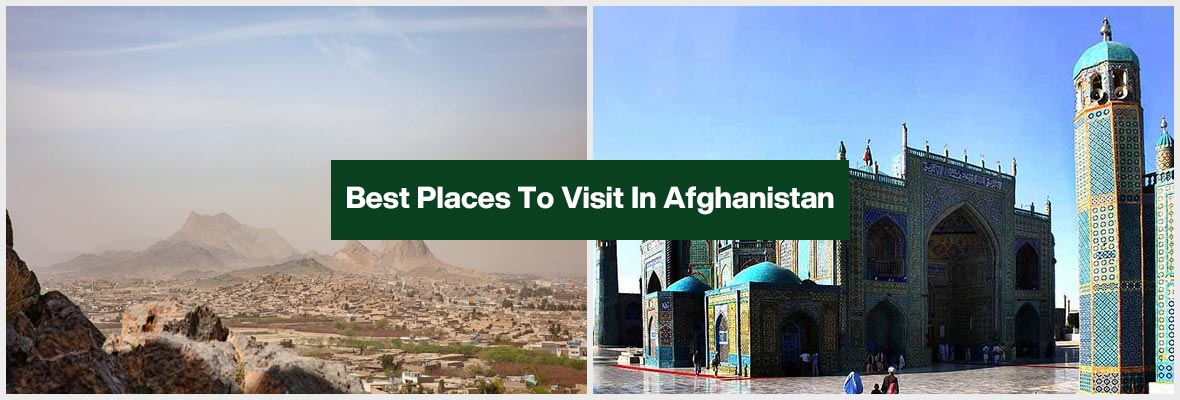
Table of Contents
Afghanistan is a landlocked country, located at the crossroads of South Asia and Central Asia, divided and changed by countless nations. In ancient times, members of the Neolithic tribe came here from the Indus Valley. Then came the camps of Alexander the Great, which extended to the Great Mountain Camp, namely the Kush Mountains, to end the ancient Persian dynasty. Then came the Muslim Arabs in the Middle East who encountered the unstoppable Genghis Khan army. Then there are the Mongols, the Soviets, the British imperialists-the list is endless.
Today, the structure of this vast country deep in Asia is a pamphlet of its turbulent past and extraordinary location: cities like Mazar-e-Sharif and Kandahar are full of gorgeous mosques and stunning religious schools. Ancient trade routes through opium fields; dusty deserts give way to the snow-capped peaks and glaciers of the Alps. Of course, modern times are not very pleasant. Today, war-torn tribes and Taliban areas are basically restricted areas.
Let’s explore the best sights in Afghanistan, where you should visit when peace prevails in Afghanistan:
Kandahar is home to the sacred Mosque and a historic city located at the intersection of southern Afghanistan and the central mountain range of the country.
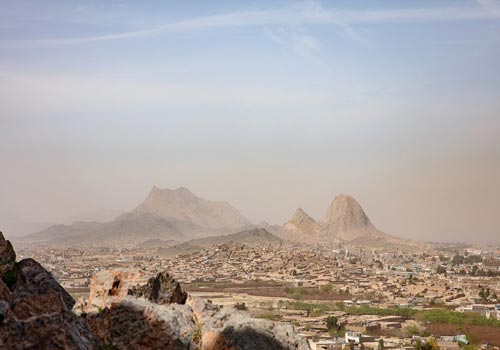
Places in Afghanistan: Kandahar
The traditional seat of Pashtun power. It was the capital of the last Afghan empire during the Ahmad Shah Durrani period. Today this place is full of mosques, shrines, and star shrines in national history. People come to see the view of Chelsea on the outskirts of the city with the strange inscription of the great Mughal invader Babur.
The cobalt dome of the Grand Blue Mosque snakes over the skyline of Mazar-i-Sharif, glowing white under the blazing sun of Balkh.
Known as the cemetery of Ali Ibn Talib, the cousin of the Prophet Muhammad himself, it is an impressive complex of Arab and South Asian buildings with turquoise blue domes and gilded minarets.
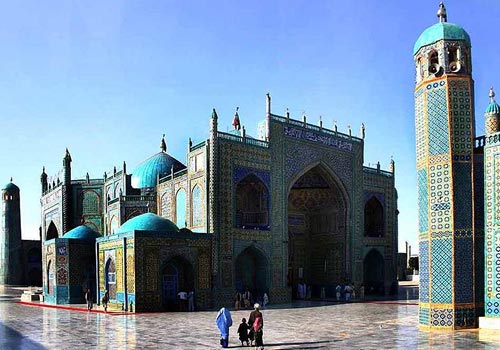
Places In Afghanistan: Mazar e Sharif
However, Islamic history is only one aspect of Mazar-e-Sharif, because the city is also home to countless Greek artifacts. Those who found their way with the arrival of Alexander’s army in the third century BC!
Like many other cities in these areas, Jalalabad was founded by Emperor Akbar, and you can almost see the passage of time in ancient times.
You can often see the snow-capped peaks of the Safaid Mountains on the horizon, and imagine how the Mughal army felt back in the 16th century.
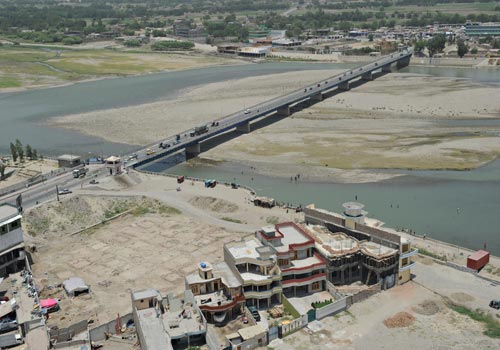
Places in Afghanistan: Jalalabad
Proximity to the city and climate allows citrus groves and green gardens-Jalalabad is famous.
You can also visit the tomb of King Amanullah Khan, participate in a cricket match with the locals, or just enjoy the manicured parks and gardens.
The ancient city of Balkh is the centre of the Great Bactrian Empire, with a history of nearly 4000 years! In fact, it was here, high above the northern ridge of the Hindu Kush, that Zoroastrianism and Buddhism flourished first in these areas.
When the Venetian adventurer Marco Polo arrived in the 13th century, the city had been destroyed (even by Genghis Khan himself) and rebuilt many times, but the memory of its fortified walls and educational institutions will still mature.
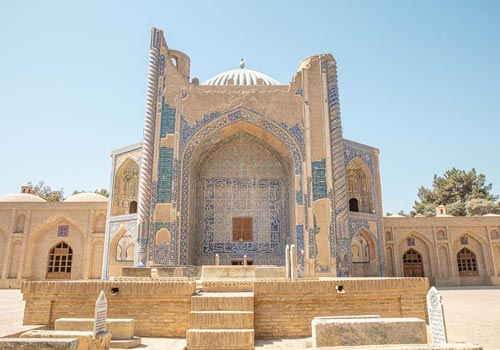
Places in Afghanistan: Balkh
Today, the city is no longer regarded as the noble capital as it used to be, but a tangible history can be found in the bustling bazaars and emerald green mosques.
It’s easy to understand why Herat, the third-largest city in Afghanistan, has such a Persian flavour: the city is just a stone’s throw away from the Iranian border and was once the Timurid dynasty (a blend of Turkish, Persian, and Mughal cultural elements). The biggest resistance in the city is the Friday Mosque.

Places In Afghanistan: Herat
This elegant minaret structure with turquoise tips and sparkling tiles is sure to delight the senses-it is believed to be more than eight centuries old! You can also see the Herat fortress and the tombs of respected Sufi poets.
Although Samangan is an ancient mobile station on the ancient Silk Road, its reputation is not actually its main attraction.
This honour goes to the mysterious caves of Takht-e-Rustam, which pass through the dusty hills of the nearby mountains.
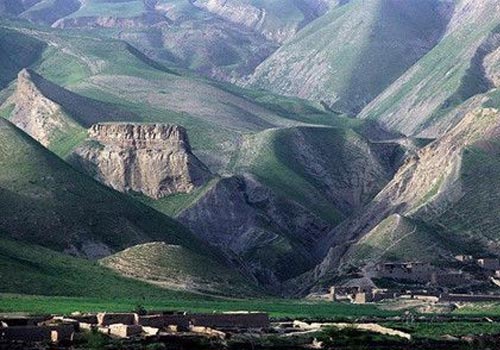
Places In Afghanistan: Samangan
It is believed to be built between the 4th and 5th centuries AD and is decorated with exquisite lotus leaf Buddha inlays, all centred on the internal adobe stupa.
They provide an immersive glimpse into the semi-forgotten pre-Islamic past.
For religious culture and history lovers, Bamiyan’s story is very sad. In ancient times, this place was known as the centre of Hinduism and Buddhism worship. In various eras before the Muslim conquest, artisans, monasteries, and especially sculptors flourished here.
In fact, the two huge Buddha statues standing here are considered to be the most exquisite sculptures in the 4th and 5th centuries in Asia.
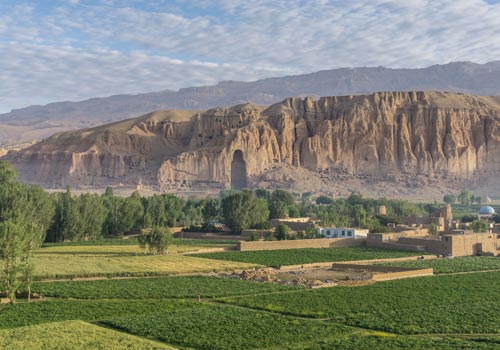
Places In Afghanistan: Bamyan
However, in March 2001, the Taliban destroyed these huge dolls, which aroused the anger of the international community and prompted UNESCO to mark their remains to prevent further destruction.
Supported by the broken carved lanes of the mighty Hindu Kush, Faizabad is hidden in a very remote enclave in the mountains of northern Afghanistan. The location is what makes this city unique: it feels rustic and stagnant.
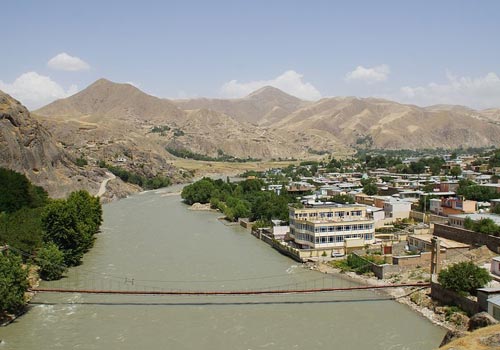
Places In Afghanistan: Faizabad
Moreover, you will see donkeys dangling in the street and goat farmers with beards and beads hanging out in the market. You will walk through the trails of the Great Wakhan Pass and meet the local highlands.
However, there is a stew house with a spice fragrance, and you will be able to explore the wonderful alpine valleys of the Coksha River.
The picturesque area of Band-e Amir became the site of Afghanistan’s first-ever national park in 2009. The reason is also easy to understand! Dotted by no less than six independent mountain lakes, inhabiting the rugged peaks of the 3,000-meter-high Hindu Kush Mountains, formed after thousands of years of fascinating geological movements, the entire area is a fascinating place.

Places In Afghanistan: Band-e-Amir National Par
Hikers in spring and summer (the temperature never drops below 20°C!
Kabul took over the Mujahideen, Al-Qaida, Taliban insurgents and other factions after the outbreak of modern war, and has since fallen into chaos. Despite the presence of peacekeepers, the insurgents are still lurking in the shadow of the city, attacking and attacking with bombs from time to time. For a capital with so many things, this is a sad state.
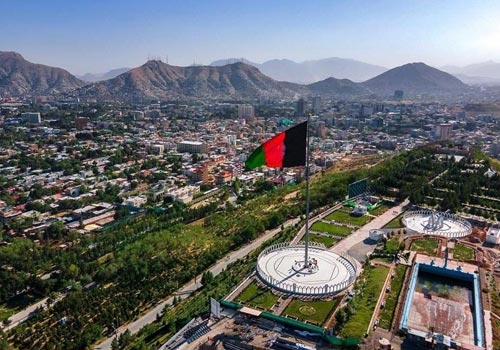
Places In Afghanistan: Kabul
Kabul was once a cultural hotspot for Zoroastrianism and Buddhism. Later there were Hindus and even Alexander the Great. Today, you can explore this rich history at the Kabul Museum-if you think it is safe to enter here.
For travellers eager to cross the northern triple border, Kunduz is actually more than a transportation hub, where Tajikistan meets Uzbekistan and Afghanistan. However, it is limited to vast green farmland and has a realistic rural atmosphere that the big cities on this list lack.
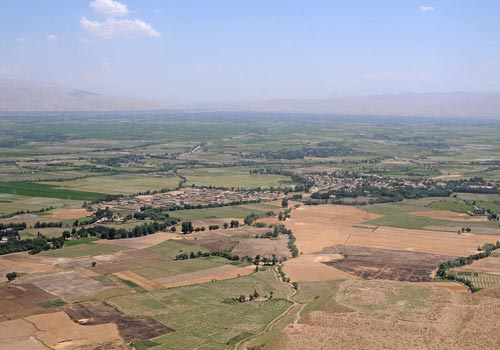
Places In Afghanistan: Kunduz
Unfortunately, the turmoil of the Afghan War broke out again near Kunduz recently, with fierce fighting between the Taliban, the army and various rebel groups. In other words, I came here to enter the war zone.
The Khyber Pass certainly falls into a broad category that is not currently on the list of travellers in Afghanistan-since at least 2007, Taliban militants have controlled the entire region, and Western aid and military convoys have specifically targeted this goal.
However, once the tension subsides and the war subsides, the towering land of Spins Railway Station is definitely worth a visit.
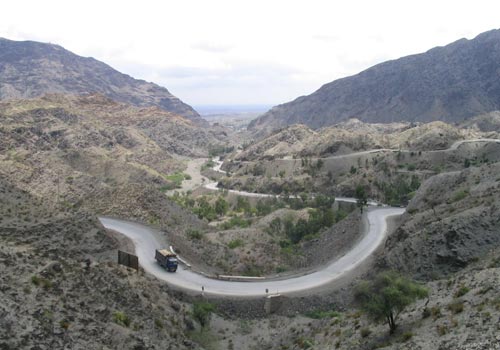
Places In Afghanistan: Khyber Pass
Why? Well, because it has been hosting troops and merchants for centuries. They came here from China and the East via the Silk Road or appeared in the form of great military leaders such as Alexander the Great and Genghis Khan.
From the eastern provinces of Afghanistan to the foothills of the Hindu Kush, the Panjshir Valley has often become one of the country’s new industrial power centres.
With U.S. investment taking the lead, everything is being discussed, from emerald mining to hydroelectric power generation in these parts.
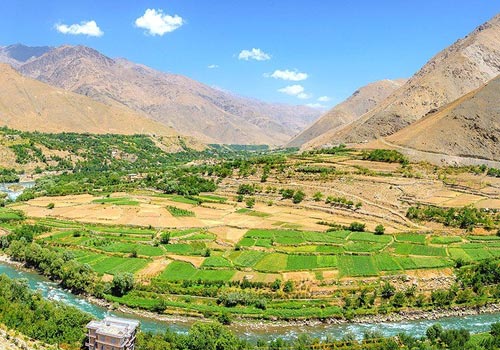
Places In Afghanistan: Panjshir
However, for now, Panjshir is still a pleasant mixture of snow-capped mountains, winding rivers, green fields, and small rural villages. It has always been-unless the Soviets invaded in the 1980s. Take this approach.
Although the small eastern city of Bagram is only a stone’s throw away from the capital Kabul and the Hindu Kush Highlands, it is perhaps the country’s largest allied military base most familiar to contemporary audiences, but the story is actually much deeper than this.
First, the city was conquered by Alexander the Great in 300 BC, who later changed its design in a Hellenistic way.
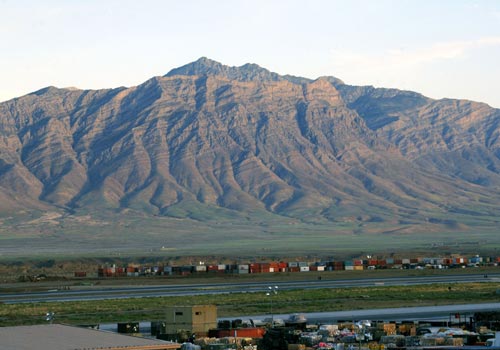
Places In Afghanistan: Bagram
Subsequently, this place was passed on to the Maurya Dynasty, whose Indian artistic traditions influenced the area.
Talokan lies in the shadow of the huge Hindu Kush Mountains, on the hills of the Pashtun region of southern Afghanistan.
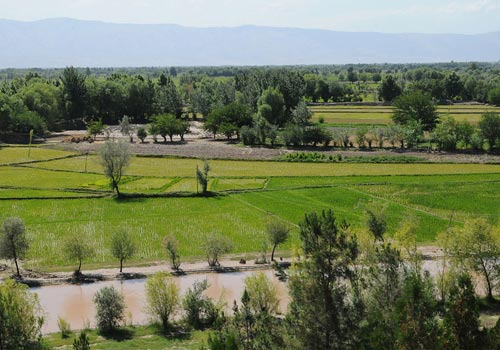
Places In Afghanistan: Taloqan
The surrounding valley is believed to have been inhabited more than a thousand years ago. Marco Polo passed through the records here in 1275 and revealed a fact. However, today Taloqan is a more modern place, with the market crowded with shoppers and the grunting tuk-tuks on the street.
Since 2017, Saba Ghani has been serving as the talented and dedicated chief content writer for Pakistan Tour and Travel & EMHI Solutions. With her exceptional writing skills and in-depth knowledge of the travel industry, she has been instrumental in crafting engaging and informative content that captivates the audience. You can catch her at saba@pakistantourntravel.com or Twitter
12Years of relentless tourism Services in Pakistan